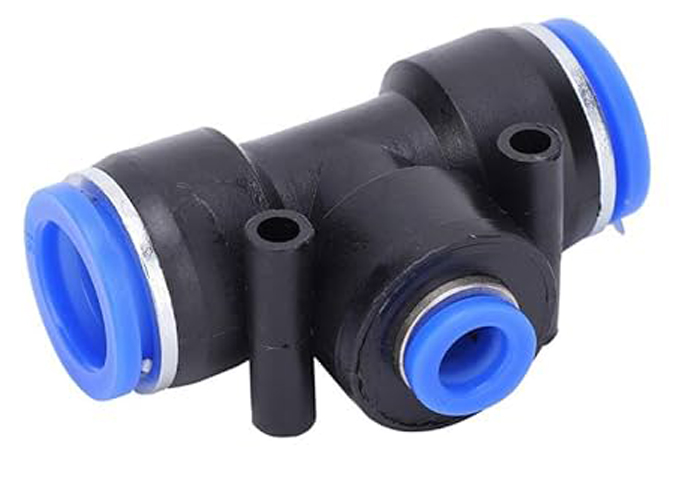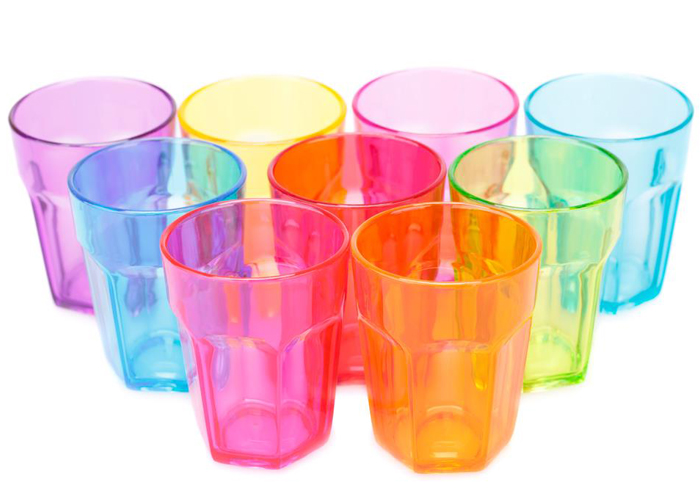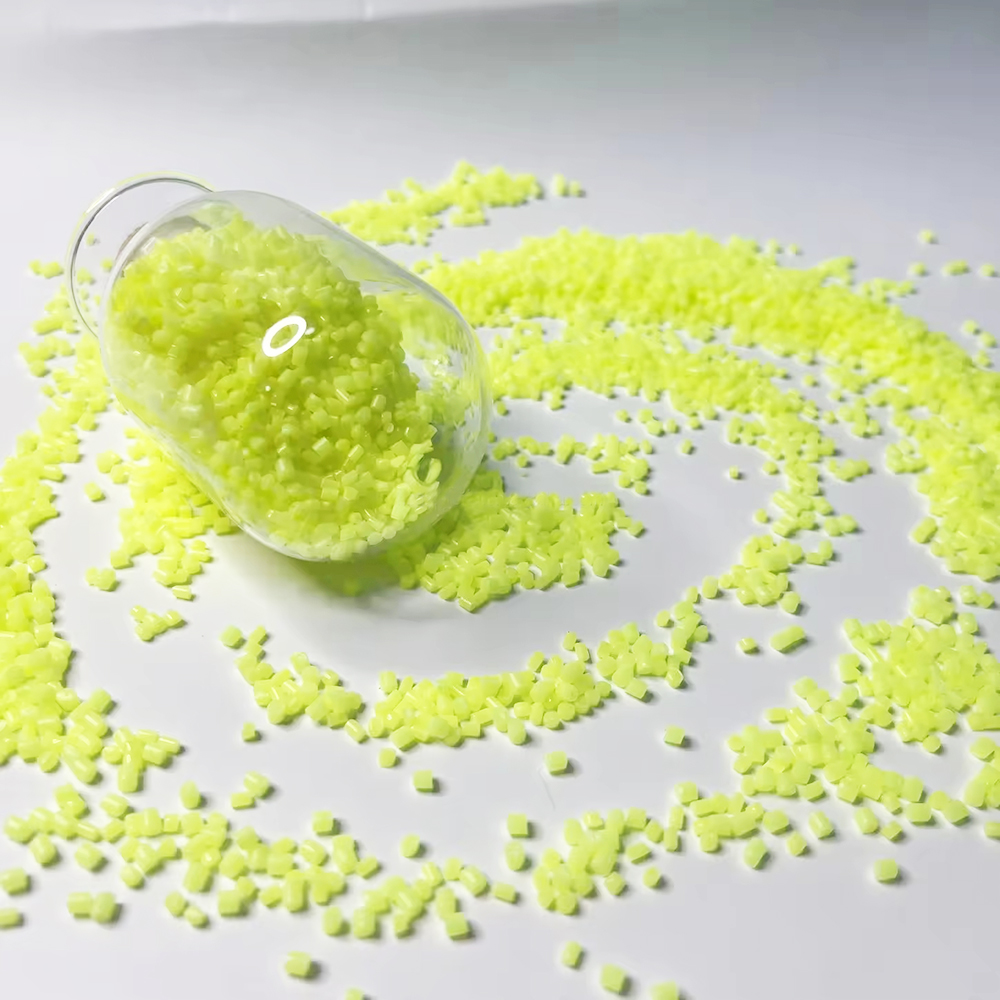
- +8615880211820
- [email protected]
- Tongan Industry Park, Xiamen
In the realm of plastics, where brilliance and vibrancy reign supreme, one ingredient stands out as a game-changer: Optical Brightener Masterbatch. With its ability to impart a striking whiteness and brightness to plastics, this additive has become an indispensable component in various industries, ranging from textiles to cosmetics. Let’s delve into the marvels of this transformative agent.
Optical brighteners, also referred to as fluorescent whitening agents or fluorescent brightening agents, are chemical compounds renowned for their ability to infuse fabrics and plastics with a dazzling luminosity. These agents achieve this feat by absorbing light in the ultraviolet and violet spectrum and subsequently re-emitting it in the blue region. The result? A resplendent white appearance that defies the mundane and elevates the aesthetic appeal of the substrate.
Unlike conventional bleaching methods, which often leave a yellowish tinge, optical brighteners work their magic without altering the inherent color of the material. Instead, they neutralize the yellow hue, rendering a pristine whiteness that captivates the eye.
The versatility of optical brighteners knows no bounds, finding applications across a myriad of industries. In textiles, these agents breathe new life into fabrics, bestowing upon them a luminous quality that exudes elegance and sophistication. Meanwhile, in plastics, optical brightener masterbatch reigns supreme, enriching the material with a radiant sheen that commands attention.
The scope of applications extends beyond textiles and plastics, encompassing sectors such as paper, detergents, cosmetics, and more. From enhancing the brilliance of paper products to imbuing detergents with a sparkling allure, optical brighteners leave an indelible mark wherever they are employed.
At the forefront of optical brightener innovation stands optical brightener, a premium-grade additive heralded for its unparalleled efficacy. Designed to meet the exacting standards of modern industries, optical brightener boasts absorbance and emission spectra meticulously outlined on product data sheets, ensuring precise application and optimal results.
One of the hallmark features of optical brightener is its ability to counteract the yellowish cast often encountered in plastics and fibers following high-temperature processing. By masking these undesirable hues, optical brightener restores brilliance to the material, imbuing it with a newfound radiance that captivates the senses.
Moreover, optical brightener excels in enhancing the brilliance of substrates containing pigments or dyes, elevating colors to unprecedented heights of vividness and intensity. Whether used in plastics, fibers, coatings, inks, or detergents, optical brightener stands as a beacon of excellence in the realm of optical brightening agents.
Conclusion
In a world where visual allure reigns supreme, optical brightener masterbatch emerges as a beacon of brilliance, transforming ordinary materials into extraordinary works of art. With its unparalleled ability to infuse plastics with a luminous radiance, Benetex OB stands at the pinnacle of innovation, driving industries towards a future illuminated by the sheer power of light.
Our masterbatches find a multitude of applications across diverse industries. Whether in plastics, textiles, or various manufacturing processes, our masterbatches play a pivotal role in enhancing product quality and performance. With customizable formulations, they offer color consistency, UV protection, flame resistance, and more, making them the go-to solution for countless applications. From automotive parts to packaging materials, our masterbatches are the trusted choice for achieving superior results across a wide spectrum of industries.
Our custom masterbatches are designed to match specific polymers, ensuring optimal performance when incorporated into your selected material. We have the capability to produce masterbatches suitable for a variety of polymers mentioned below, and many more. If you’re working with a material that isn’t listed here, please don’t hesitate to reach out to our knowledgeable technical team to explore the possibility of meeting your specific needs.

Low Density Polyethylene – Somewhat more translucent than HDPE and considerably more pliable, primarily employed in flexible packaging, tote bags, pliable tubing, film applications, and similar uses. Like HDPE, it has limited transparency characteristics. It exhibits outstanding chemical resistance to alcohols, acids, and alkalis but has restricted resistance to hydrocarbon solvents and mineral oils. Prolonged exposure to UV radiation can initiate degradation.
High-Density Polyethylene – Featuring a somewhat milky-white appearance, this material finds wide application in rigid bottle packaging, injection-molded caps and closures, crates, and more. Its natural opacity can limit the degree of transparency attainable. HDPE exhibits superior chemical and solvent resistance when compared to LDPE.


PPCO Random & PPHO – A polymer with moderate clarity, employed in the production of caps and closures. It is also utilized for crafting household items, buckets, toys, and storage containers. Polypropylene offers flexibility without significant limitations on color or special effects. Random copolymer boasts greater clarity compared to homopolymer and is better suited for creating translucent shades.
PPCO Block – Similar to PPCO but enhanced for increased impact resistance. An additive renders the polymer white, resulting in high opacity. This characteristic may limit the achievable transparency.
Polyethylene Terephthalate (PET) – Polyester materials exhibit robust mechanical strength along with excellent chemical resistance and barrier properties. PET is frequently chosen for the production of carbonated beverage containers. Moreover, polyester can be spun and employed in textile manufacturing for clothing. PET is highly transparent, making it an excellent choice for translucent packaging, although a subtle hint of “yellowing” may impact extremely light tints.


Polybutylene Terephthalate – A crystalline thermoplastic engineering polymer frequently employed as an insulating material within the electronics sector. This substance belongs to the polyester category, showcasing a remarkable equilibrium of attributes and processing qualities.
General Purpose Polystyrene – Exhibiting a glass-clear appearance but possessing minimal impact resistance, this material finds its primary application in CD cases. Its notable clarity renders it suitable for creating translucent hues, although an occasional violet tint may be discernible.


High Impact Polystyrene – Derived from GPPS by incorporating an impact-enhancing agent to boost its resistance to impacts. This added component results in the polymer becoming white, and different formulations provide varying degrees of opacity. Typically employed in the fabrication of game pieces, toys, and similar items. Its pronounced whiteness can pose challenges when aiming for translucent coloration. Specialized alternatives like K-Resin and Styrolux are accessible in the market to attain the same level of translucency as GPPS.
Acrylonitrile Butadiene Styrene (ABS) – A more robust iteration of High Impact Polystyrene (HIPS) employed in high-value components. ABS exhibits greater durability compared to HIPS-made components, although it encounters similar challenges when attempting to achieve translucent colorations. Just like HIPS, ABS offers specialized translucent variants. Owing to its durability, ABS is commonly used in crafting casings for power tools.


Polyamide (6, 66) – Nylon represents a versatile grade extensively employed in mechanical construction and maintenance. Its popularity stems from its excellent blend of mechanical strength, rigidity, mechanical damping characteristics, and effective electrical insulation capabilities. Consequently, nylon is a preferred material for manufacturing electrical enclosures. PA66 serves as a common alternative to metal across diverse applications, with its chemical and physical attributes closely resembling those of PA6. PA6 exhibits superior impact resistance and resistance to solvents, albeit with a heightened susceptibility to moisture absorption.
Styrene Acrylonitrile Copolymer – Possessing transparency and outstanding chemical and heat resistance, SAN also boasts good rigidity, tensile strength, and flexural strength. Thanks to its high-gloss finish, SAN is commonly chosen for cosmetic packaging purposes. However, achieving light tint colors with SAN can be challenging due to the violet dyestuffs inherent in the material, which are utilized to enhance its visual appearance during manufacturing.


Polyethylene Terephthalate Glycol – PET with the incorporation of glycol. This glycol addition enhances flow properties but diminishes strength. PETG can be extruded to create bottles and can be formed into sheets for producing ‘blister’ style packaging.
Thermoplastic Elastomer (TPE) or Thermoplastic Polyurethane (TPU) – TPU finds diverse uses in applications such as automotive instrument panels, caster wheels, power tools, medical devices, as well as various extruded film, sheet, and profile applications. TPEs are employed across a wide range of applications in industries spanning automotive, medical, construction, electrical, appliances, packaging, and industrial sectors.

Frequently asked questions about our masterbatch





©2023. Masterbatch Manufacturer All Rights Reserved.
Our team will send back the best offer in 20 minutes.